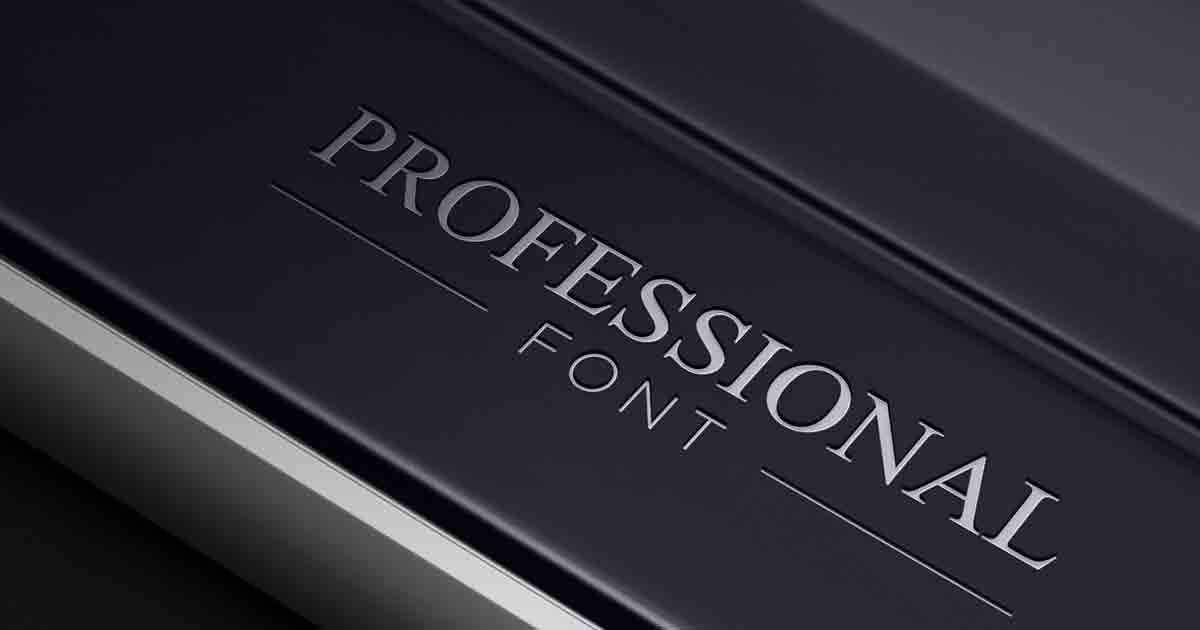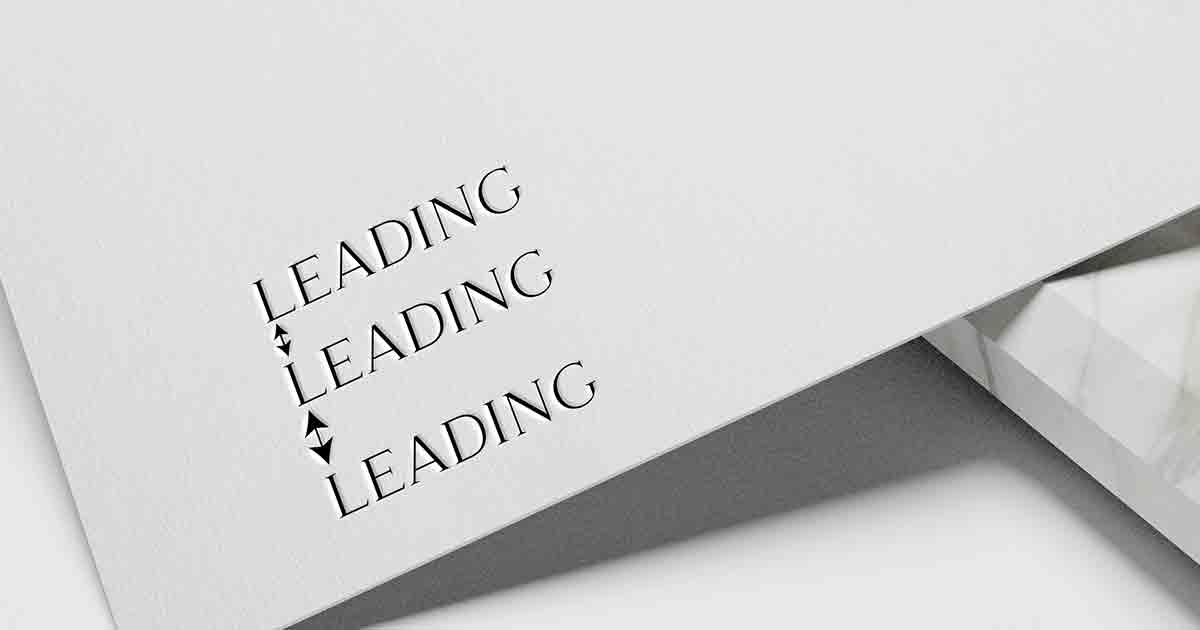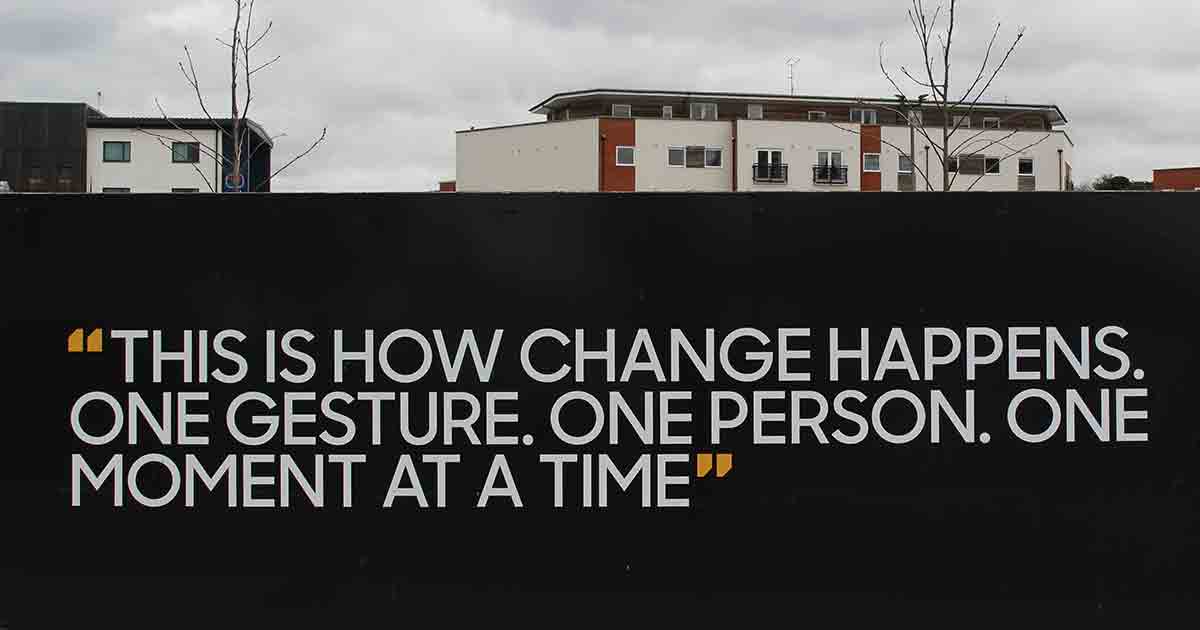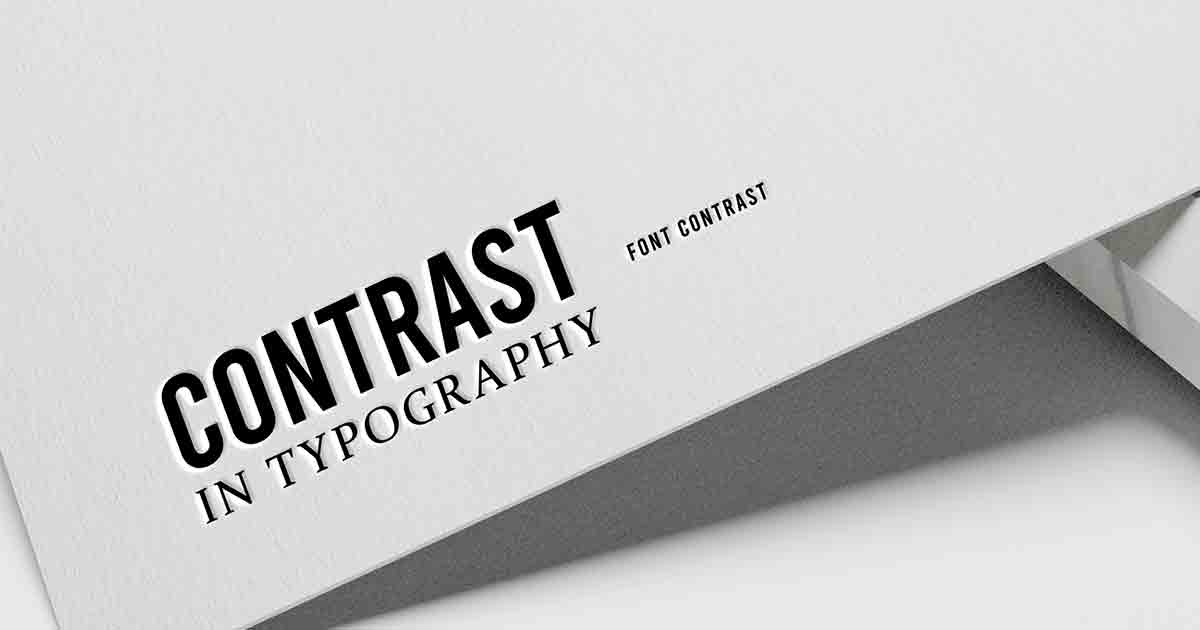The Role of Tracking in Typography
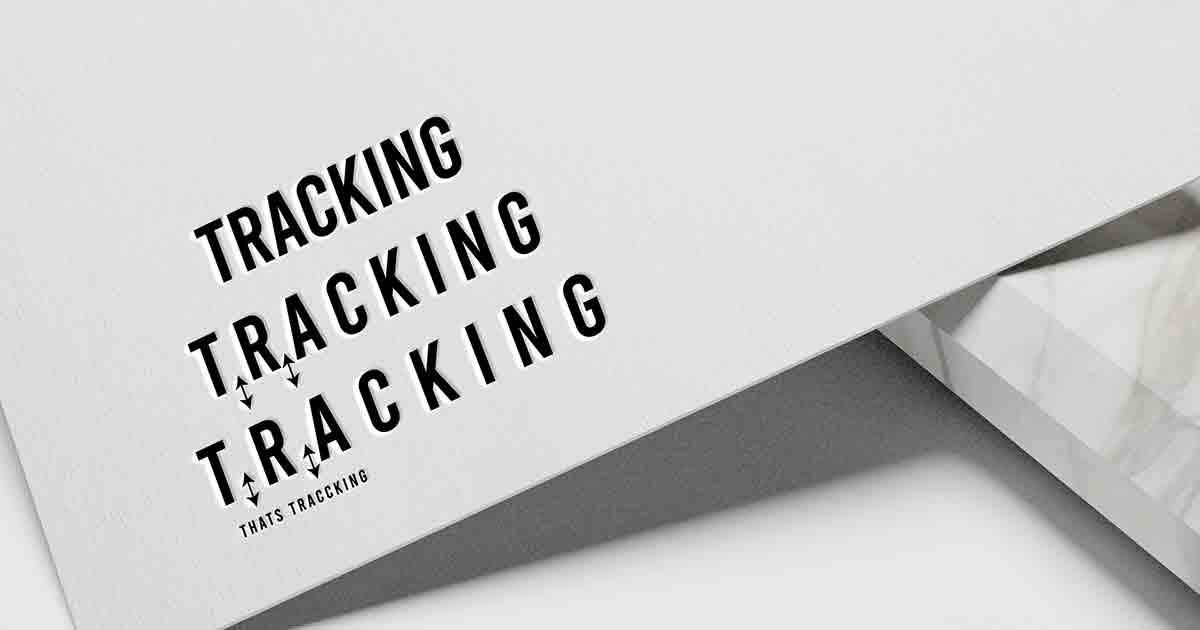
The Role of Tracking in Typography
The Role of Tracking in Typography
Typography is vital in design, shaping how information is presented and perceived.
It involves the art and technique of arranging type to make written language visually appealing and readable.
Among the various aspects of typography, tracking holds a significant position.
In this article, we will study the significance of tracking in typography, its types, techniques for effective implementation, and its impact on different design mediums.
Understanding the Role of Tracking
Tracking, also known as letter spacing, refers to the change of space between characters in a line of text.
It aims to achieve consistent and even spacing between letters, ensuring optimal legibility and aesthetics.
By modifying the tracking, designers can influence the overall appearance and impact of the text.
The right amount of tracking can enhance readability, create visual harmony, and establish the desired tone for the content.
Different Tracking
There are various approaches to tracking, each serving a specific purpose in typography.
Manual tracking involves manually adjusting the spacing between individual characters.
Optical tracking relies on visual judgment and perception to achieve balanced spacing.
Kerning, a specialized track form, focuses on adjusting the space between specific letter pairs for improved readability and aesthetics.
Techniques for Effective Tracking
To achieve effective tracking, consistency is critical.
Maintaining consistent spacing throughout a text ensures a harmonious flow and prevents distractions.
Adjusting tracking based on different fonts and sizes is crucial, as some typefaces may require tighter or looser spacing.
Balancing tracking and other design elements, such as line height and margins, is essential to create visually pleasing layouts.
Tracking in Print Design
In the realm of print design, tracking considerations become essential.
The choice of materials, such as brochures, posters, or books, can influence the ideal tracking setting.
For instance, a tightly tracked headline might grab attention on a poster, while a more spacious tracking in a book improves legibility.
Effective tracking in print design can elevate the overall aesthetic appeal and convey the intended message efficiently.
Tracking in Web Design
Web design presents unique challenges for typography because of factors like varying screen sizes and resolutions.
Implementing tracking in web typography requires careful consideration of readability across devices.
Cascading Style Sheets (CSS) provide tools to adjust tracking digitally, ensuring consistency and legibility.
Designers must follow best practices and consider factors like line length and responsive design to optimize tracking in web layouts.
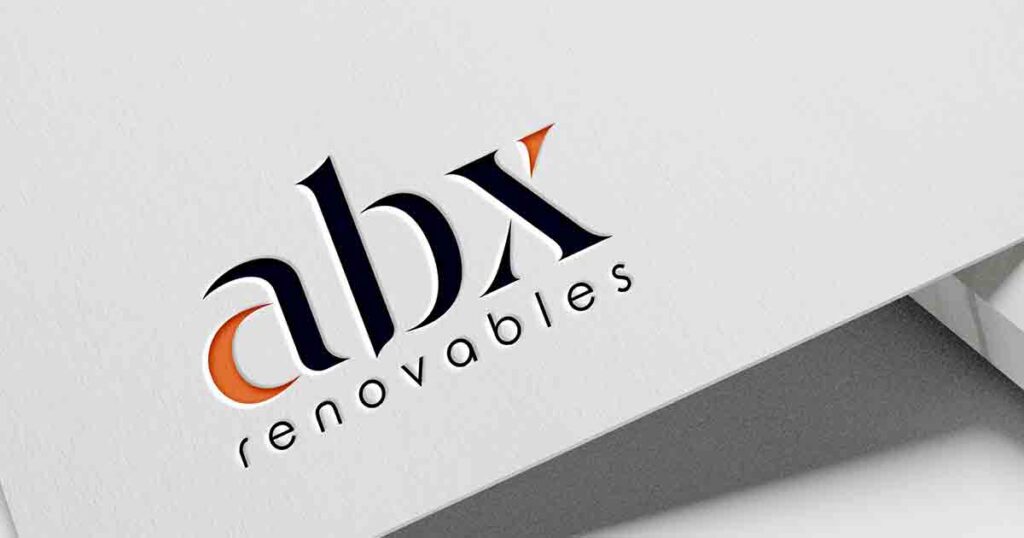
The Role of Tracking in Brand Identity
Consistent tracking is vital in maintaining brand identity across various communication channels.
Brands often define specific guidelines for tracking to ensure a cohesive visual language.
Effective tracking can help establish brand recognition and evoke the desired emotions in consumers.
Examples of brands using tracking effectively include Apple, Nike, and Coca-Cola, each employing distinct tracking choices to reinforce their brand identities.
Psychological Impact of Tracking
Tracking has a psychological impact on the perception and legibility of text.
Different tracking settings can convey other emotions and attitudes.
For example, tighter tracking may create a sense of urgency or density, while looser tracking can evoke a feeling of openness or informality.
Adjusting tracking can influence the reading speed, with more tightly tracked text increasing reading speed.
Future Trends in Tracking
As technology advances, new trends and innovations in tracking continue to emerge.
Tools and software are being developed to streamline tracking adjustments and improve the typography workflow.
Designers are also experimenting with unconventional tracking techniques, pushing the boundaries of typographic expression.
The future of tracking holds exciting possibilities for further enhancing the visual impact of typography.
Conclusion
Tracking plays a crucial role in typography, impacting text aesthetics and readability.
By adjusting the spacing between characters, designers can achieve the desired visual harmony and convey the intended message effectively.
Tracking must be carefully considered in print or web design to ensure optimal legibility and consistency.
Understanding the nuances of tracking empowers designers to create compelling typographic compositions that captivate and engage audiences.
FAQs
1: Is tracking the same as kerning?
No, tracking and kerning are distinct techniques in typography.
While tracking adjusts the overall spacing between characters, kerning explicitly changes the space between individual letter pairs for improved legibility and aesthetics.
2: Should tracking be adjusted for every font?
Yes, different fonts may require varying tracking adjustments. Some typefaces naturally demand tighter or looser tracking to maintain visual balance and legibility.
It’s essential to consider each font’s unique characteristics when adjusting the tracking.
3: Can tracking affect the readability of a text?
Yes, tracking significantly impacts the readability of a text. Proper tracking can enhance legibility by ensuring consistent and comfortable spacing between characters, allowing readers to navigate the text effortlessly.
4: What is the recommended tracking for web design?
The recommended tracking for web design depends on various factors such as font choice, screen size, and the intended tone of the content.
Designers should consider legibility across different devices and adjust tracking aiming for an optimal balance between aesthetics and readability.
5: Are there any tools available to help adjust tracking?
Yes, many tools and software are available to assist designers in adjusting tracking effectively. Graphic design software often includes tracking options, and specialized typography tools can provide advanced tracking adjustments to streamline the design process.
